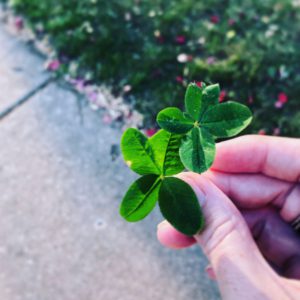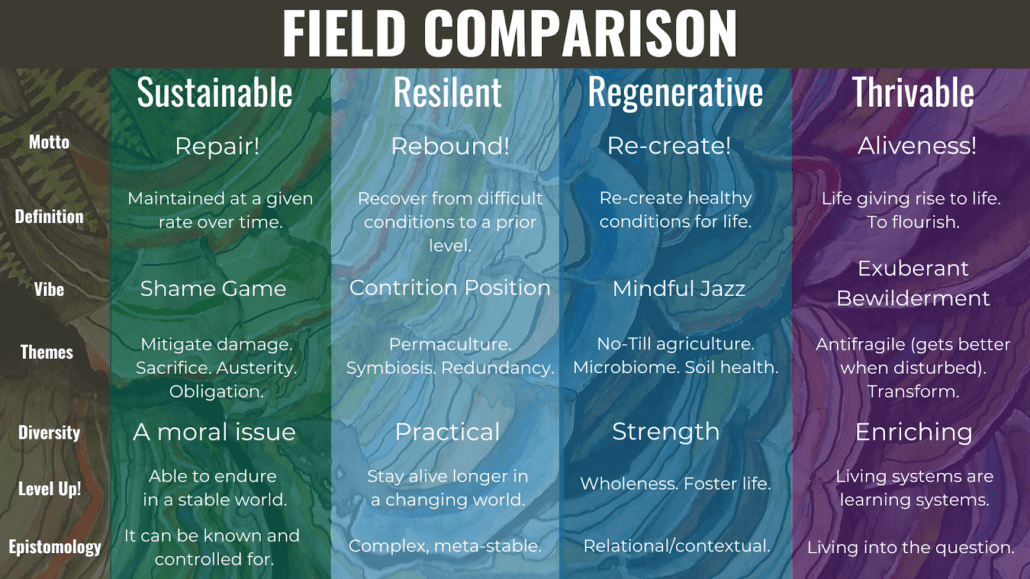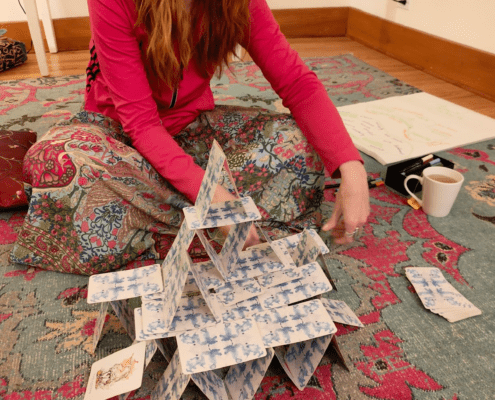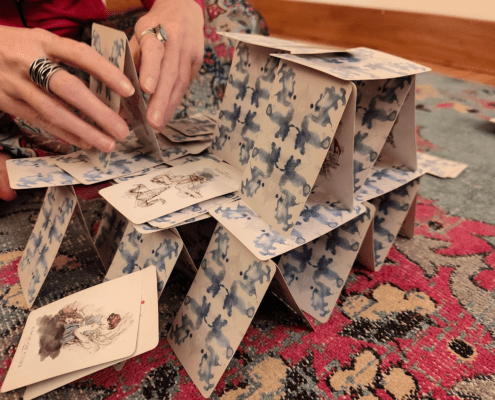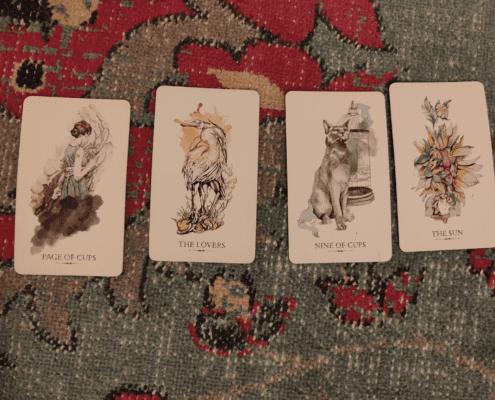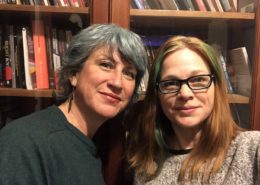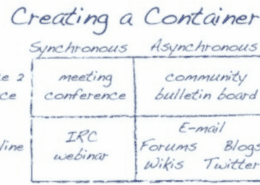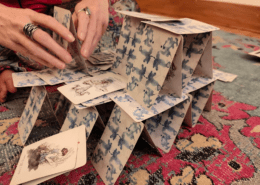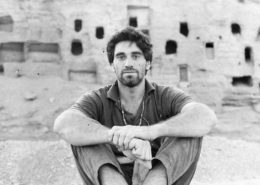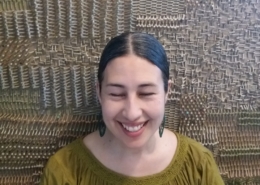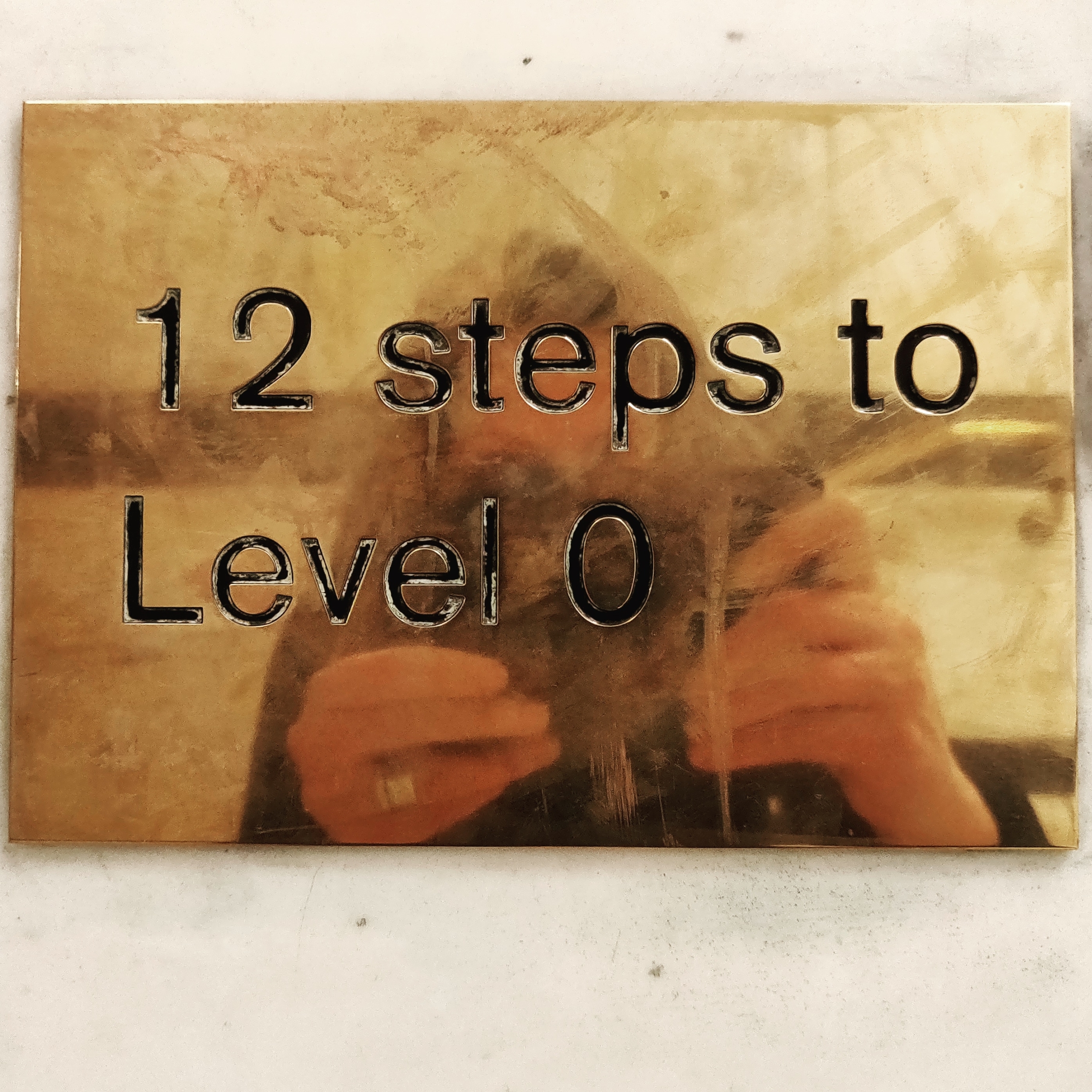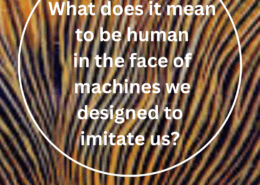THRIVABLE SOCIETY JOURNAL
ISSUE: SPRING 2023
Making Kin, Asking Questions, Out in the Field Beyond Righteousness: A Conversation
By: Jean Russell and Melissa Pierce
Thrivable Society Journal
Spring 2023
Concepts:
Antifragile
Collective Intelligence
Relationality
Withness
Melissa:
What is this “Field” of Thrivability that I hear you go on about? I’ve looked at your various charts and diagrams over the years that I’ve known you but there isn’t one clear “field”. Can we wrap our arms around it together?
Jean:
I have been thinking about this field of thrivability for fifteen years now. I think we met a dozen years ago. So you have probably seen most of it, Melissa. So, the field. What does it mean? Where does it live? Who plays there? You know the line, “Out in the field beyond right and wrong,” from Rumi. I love that. I long for the field of people and ideas to live into that great beyond. Who are we to know what is right and wrong when the things that seem wrong can lead to surprisingly wonderful places, and those that seem so right can lead to much suffering. One of the invitations in thrivability is not to jump to conclusions about what is right or wrong in any absolute sense, and instead to stick with the bewilderment of not being able to know.
Melissa:
Well… that makes it really hard to map a field doesn’t it? If there isn’t any absolute, if it’s all not knowing, how can one know the state of the field of Thrivability?
Jean:
We can all do whatever feels best to us and share it together to see if we can make sense of it without pretending that it is TRUE or the right answer, for all time. Let’s sit with the trouble and roll it around in our hands a bit. We can offer this study of the field, the people, connections, ideas, and concepts as an interrelated tangle, a glimpse into something we perceive in this moment in time, always already incomplete and biased.
We can then invite others to step forward to offer what they notice from their place of onlyness.
To start, I like to zoom out to the big broad questions of how we might know thriving from something else. I keep coming back to this feeling that thrivability is about life giving rise to more life. That is pretty transgressive in the worlds dominated by the thought that life is in competition with other life. People seem to look for evidence of “evil” rather than notice the abundance of care. I also like the Pronoia stuff that you introduced me to, Melissa. What if the universe is actively conspiring in our favor! It is shocking how much the big picture views of sustainability and even resilience set us into the feeling of being at war with or having to be in opposition to or have control over the wild world.
Melissa:
Well, we are the wild world. I hadn’t considered that those approaches were setting us apart from it. What other ways are Thrivability and approaches like sustainable and regenerative different?
Jean:
Back in about 2013, at a brunch in SF, some of us mapped a graphic that outlined the differences between surviving and thriving, stairstepping sustainability and resilience along the way. “this chart…” At the time it felt complete, but now we see that there is more/different information to include as the movements has matured and evolved.
Reader, at this point Jean digs up a chart from a brunch in 2013 which compares these approaches, and then we decide it needs updating. After a long walk, a competitive 4-leaf clover finding contest [Which Melissa won! 7!!!], and a magical bubble blowing session in the backyard, we settle on what needs to be adjusted in the chart and work on it together.
Jean:
Melissa, that is 3 pixels off. Drama.
Melissa:
Do you want to fight?
Melissa:
Well, if we could map the difference between approaches, why is Thrivability still the Higgs Boson of field mapping?
Jean:
I dunno, maybe it is really me, and I am in the way of us seeing it. I like looking at dimensions and turning things over and over again to see if anything new pops out. Or maybe Thrivability turns out to be a living question to explore rather than a territory to itemize. This time around, I want to slow down and feel into our roots, stretch into our branches, and gather our sense of the network of n-dimensional connections. Where do we find our feet planted? Who do we perceive as kin? There is so much I am immersing myself in that speaks not only to relationality but goes so far as to say kinship. Donna Haraway, for example:
Kin is a wild category that all sorts of people do their best to domesticate. Making kin as oddkin rather than, or at least in addition to, godkin and genealogical and biogenetic family troubles important matters, like to whom one is actually responsible. Who lives and who dies, and how, in this kinship rather than that one? What shape is this kinship, where and whom do its lines connect and disconnect, and so what? What must be cut and what must be tied if multi-species flourishing on earth, including human and other-than-human beings in kinship, are to have a chance? ~ Donna Haraway, Staying with the Trouble
Melissa:
So, when we started Thrivable Society in 2020 we brought forward the framework: personal, relational, organizational, and systemic – maybe we can think of these as different ways to perceive kinship. You can change these names or recognize that the boundaries are permeable, but basically, there can be different opportunities and challenges as we move between kinship group sizes. What about that, can we play with mapping at these scales of interaction?
Jean:
That seems like a wonderful approach! Yes, I want to do that with you. When we started, one of the things I was really present with was how people tend to focus on one aspect of the framework or the other without realizing how entangled we are. My personal is entangled in yours. And in our ability to be in relationships. Thus surely, that scales up into systems that we are made of.
Personal
Melissa:
Our entanglements make me nervous… word play, nervous systems made of our nervous system, shifting into the personal and somatic work.
Jean:
Great point. Well, like you, I notice an ever greater shift into somatic work as more people recognize that we can’t just live with our heads in a jar. Our Bodies Keep the Score of all that pressure filled striving, non-consentful behaviors (variations on violence), and Burnout. Doing this work of the body also seems tied to a shifting relationship to emotions: being with them rather than stuffing them down. Stoicism gives some last gasps and then gives way to feelings as a sensory system to guide us. The field, as I see it, has shifted too in that many things that seemed like they belonged in the personal zone turned out to be systemic. We had been asking, “Am I too this or that?” Now we ask, ” Can you do personal development to solve issues that are culturally created to sideline you?” which, maybe, in turn helps to change things systematically.
Also, on the personal side, maybe we aren’t so much a single individual as we thought we were. The idealized singular self collapses under contradictions when you enter into voice dialogue work, internal family systems, and other multiple selves models. Besides, biologically speaking, we are Multitudes.
Relational
Jean:
The pandemic sure put some pressure onto the relational fabric, and more than ever we have folks leaning into mutual aid. Charity was an important element in a world with wealth disparity. Mutual Aid invites us to be reciprocal, sharing with each other rather than having one party who has given to another party who lacks.
Melissa:
I worked with a lot of mutual aid orgs during the pandemic and found them to be incredibly alive and fluid.
Jean:
Totally, and in a world in which we don’t have healthcare and can’t count on the government to help us, mutual aid is where it is at!
In a similar vein, witHnessing is also about relating to others as a WITH, dropping any “better than” to sit in the place where another is right now. Let go of the toxic positives and feel the feelings with each other. Some say that trauma is unwitnessed pain. So the path through it is to sit with each other.
At this moment Jean and Melissa break for dinner and have a discussion about how Melissa borrowed Jean’s copy of Liberating Structures indefinitely and Jean has just bought herself a new copy. The title Liberating Structures reminds Melissa of an earlier conversation she and Jean had while blowing bubbles about the paternalism of creating structures and rule sets for other people and how definitions can be oversimplifications that become part of the problem, which is why mapping the field to specific players or domains feels a bit wonky. She writes about it here as it’s a great segue for the next piece of the framework about organizational thrivability.
Organizational
Jean:
When I think about the field organizationally, I continue to notice those working in participatory processes, decreasing hierarchy in organizations, and increasing consent cultures for improved collective intelligence (sense making and decision-making). We covered a bunch of these in the Salons of 2021: Distributed Governance and Group Dynamics.
Back in 2013, the idea of flat organizations was still exciting and “teal” was appealing. See Reinventing Organizations. However, the Tyranny of Structurelessness is real, and totally flat is not the ideal that we want. Less hierarchy, yes. No structural clarity, no. Herman Wagter and I published Cultivating Flows in 2016, and we continue the conversations that led to that book. I can say that one of the major lessons learned for me is that the structure, the sense of boundaries and rules, can act as a supportive framework, but the vibe matters so much more. What makes social organisms come alive? We have been looking at organizations from such a factory/robot point of view – bodiless heads, doing tasks. What does it feel like? What wisdom have we missed by discounting body awareness?
Melissa:
Speaking of structures, maybe we should take a break and make a house of cards using a full tarot deck. If a card falls, we have to tell its story in the next framework section about systemic thrivability?
Jean:
So we got the page of cups, nine of cups, lovers, and the sun as the cards that fell down from our house of cards. I think that bodes well for us. Uprush of emotional energy, the wish fulfillment card, decisions and intimacy, creative overabundance. Yes!
Melissa:
What even is “overabundance,” exactly? Is that even a thing?
Systemic
Jean:
Out in that field beyond right and wrong, how do we get in “right” relationship with all we depend on? Can we get strategic about shaping our identity and society to continuously adjust and improve our relational fabric with each other and the world? One thing I am hearing more and more about is that we may want to release false premises, such as “nature” is outside us and needs to be conquered in order to survive in it, switching to “we are nature, and nature offers no easy moral arguments for what could or should be.” (Recall our diagram differentiating Thrivability from other approaches.)
Our collective understanding of the wild world keeps expanding, of course, and we hear more and more about the cooperation of trees, forest webs, and mycelium. Turns out, (surprise!) that there are deep collaborations across species.
Recently I had a conversation with someone about the physics of a vortex, and I am really excited to imagine that a more thrivable world is possible when we move beyond linear and even exponential projections into the mysteries of fluid dynamic and spirals, when we allow our concept of a more thrivable world to be complex and in a constant state of becoming.
We will close this exploration with questions for you to help flesh out the shared awareness of our field of possibility as well as some resources we know of.
Maybe you, gentle reader, have more suggestions?
- What do you notice about individuals creating more aliveness, self care, and building self worth? What are you learning about Trauma, Healing, Repair?
- How are you telling stories about our transformation at the organizational level? How are you relating to the notion of reinvented organizations? Teal?
- What new metaphors are helping you sense into possibilities are generate hope or stay with the trouble of what is and remains entangled?
- What are you reading that inspires and enlivens you with possibility?

